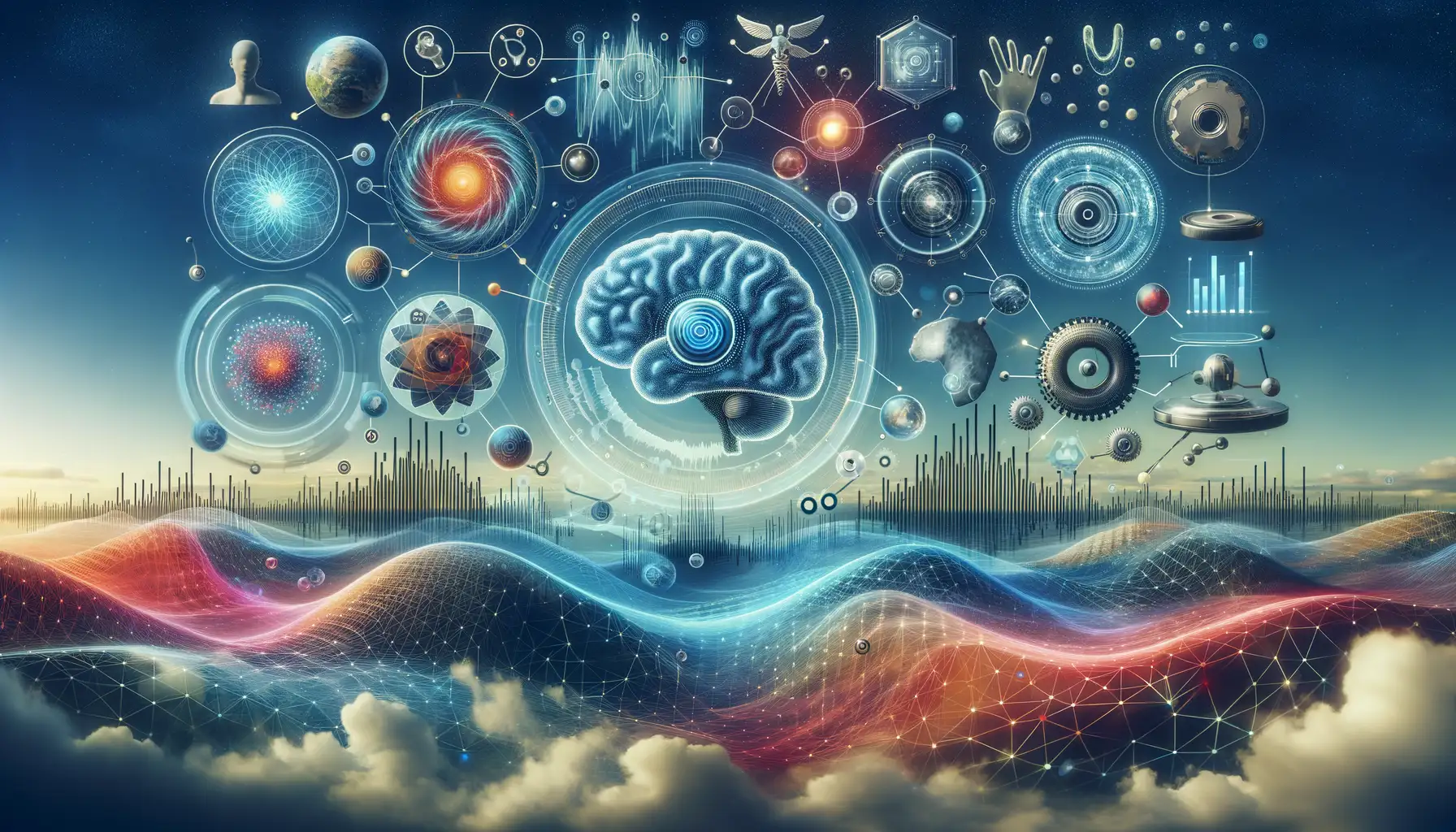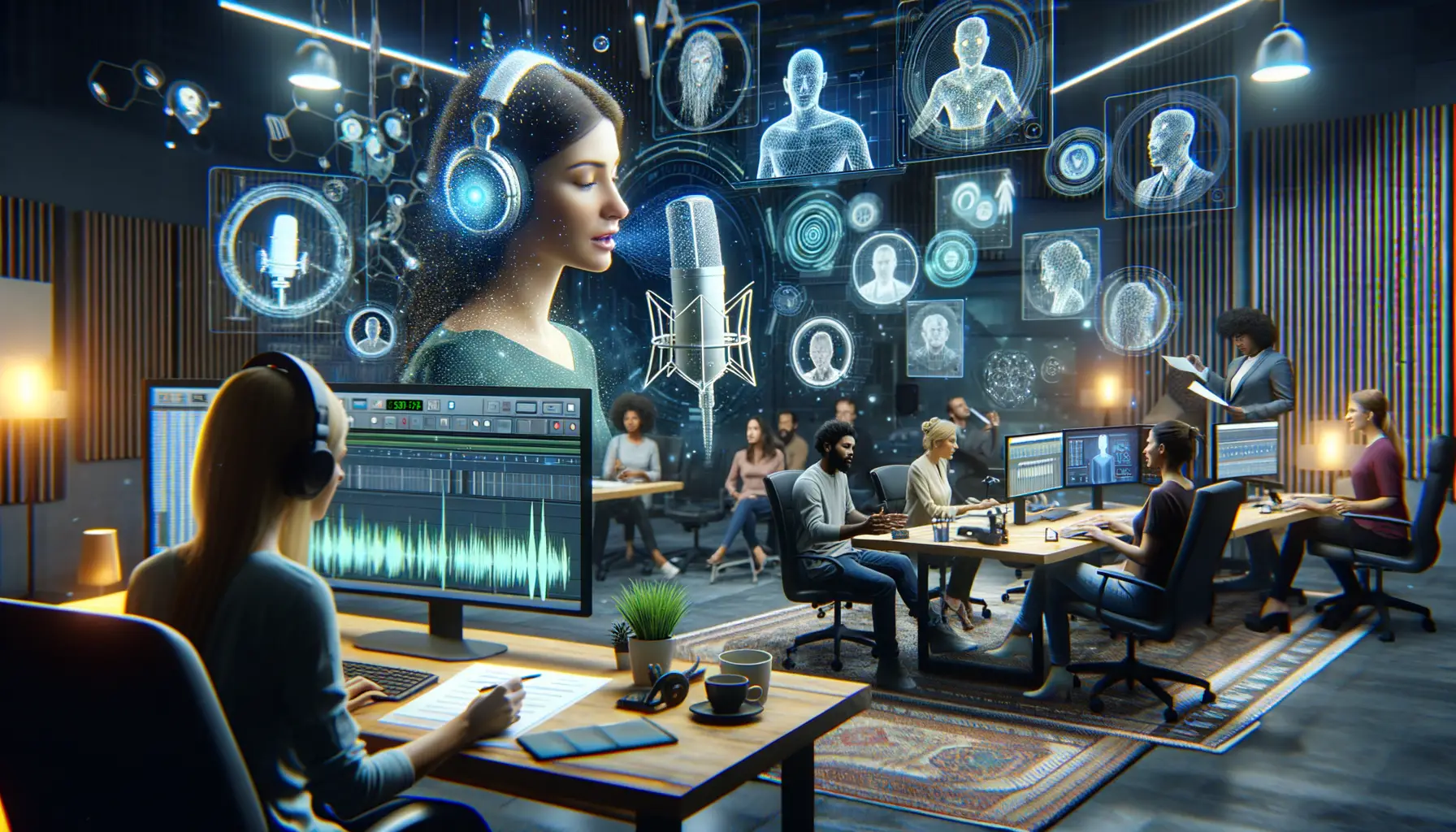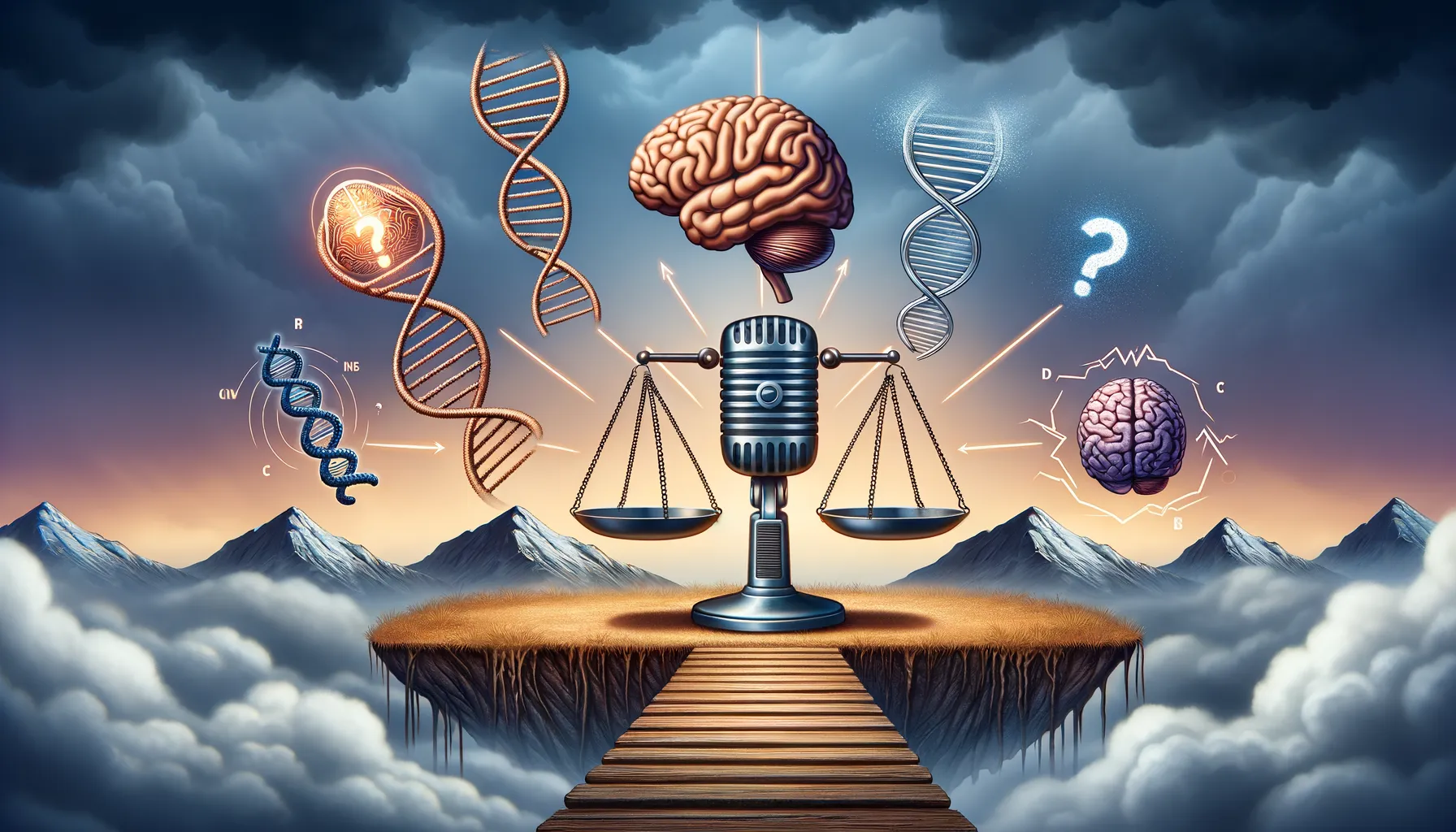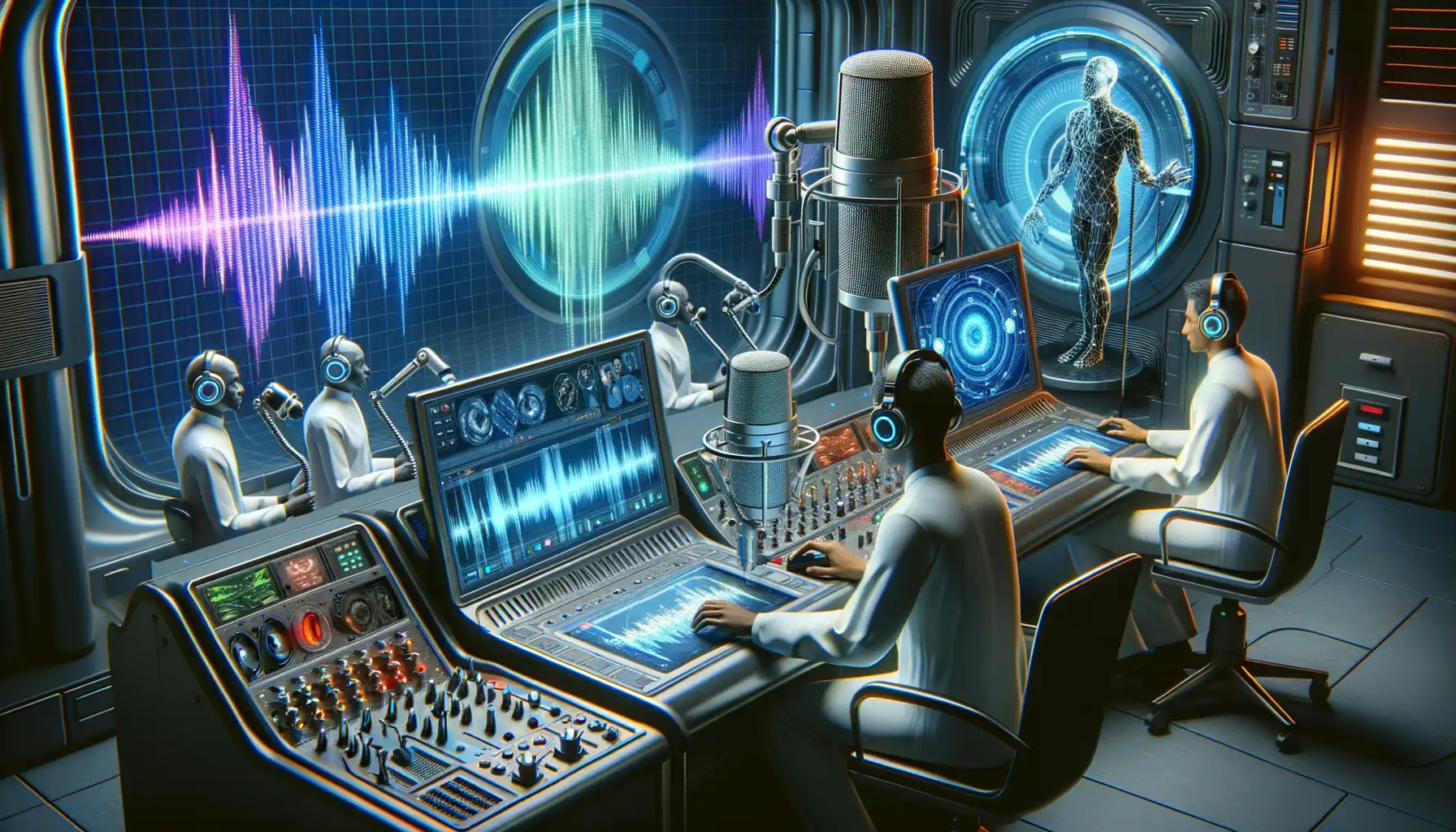Introduction to Voice Cloning and its Creative Uses
Unveiling the Magic of Voice Cloning
Imagine being able to recreate the sound of a voice, not just mimicking its tone, but capturing its essence—its quirks, emotions, and personality. That’s exactly what **voice cloning** delivers. Thanks to advances in AI, we’re no longer stuck in science fiction; this tech is real, fascinating, and ripe for creative exploration.
At its core, voice cloning is the art and science of turning snippets of someone’s speech into a digital replica. This isn’t just about making machines talk—it’s about storytelling, authenticity, and opening doors to possibilities we never dreamed of. Picture an audiobook voiced by your favorite celebrity or a personal assistant with the soothing tone of your best friend. Pretty cool, isn’t it?
- Reimagining characters in animated films with unique voices
- Breathing life into historical figures in museums or games
- Creating personalized bedtime stories for kids narrated by a parent
The power here lies in crafting connections, giving brands and creators a way to speak—not just to their audiences—but with them. With tools that feel almost like wizardry, voice cloning is igniting creativity in ways that feel limitless.
Overview of AI Techniques Used in Voice Cloning

Imagine capturing the essence of someone’s voice—a unique tapestry of tone, timbre, and rhythm—and then recreating it so precisely that it feels like they’re speaking to you. This isn’t science fiction; this is the art and science of voice cloning, brought to life by groundbreaking AI techniques! Let’s pull back the curtain and explore how these technologies work their magic.
The Building Blocks: Neural Networks and Deep Learning
At the heart of voice cloning lies neural network architecture. Using deep learning, these systems analyze audio data from a speaker, breaking it down into fine-grained details: pitch, inflection, and even subtle breathing patterns. Techniques like Recurrent Neural Networks (RNNs) or Transformer-based models map and replicate these features with stunning accuracy.
Developers use processes like:
- Feature Extraction: Isolating and understanding vocal characteristics that make a voice distinctive.
- Text-to-Speech Synthesis: Converting written words into lifelike speech, driven by the cloned voice.
Waveforms, Vectors, and the Wizardry of Generative Models
An unsung hero in this landscape? Generative Adversarial Networks (GANs), which pit two neural networks against each other to refine the cloned voice’s realism. Meanwhile, advanced spectrogram analysis visualizes sound waves, turning them into “blueprints” for machines to mimic.
Voice cloning is more than code—it’s a symphony of algorithms orchestrating something remarkably human. It’s proof that AI doesn’t just compute; it listens, learns, and innovates.
Applications of Voice Cloning in Creative Industries

Breathing Life into the Voice of Creativity
Imagine a world where your favorite animated character suddenly speaks in the velvety tones of a beloved actor—or where an audiobook narrator adapts their voice to reflect the personalities of each story’s characters. This is the magic of voice cloning in the creative industries. With AI-powered precision and a touch of artistic flair, voice cloning transforms storytelling into something unbelievably immersive.
In filmmaking, for instance, directors can now resurrect historical voices to narrate documentaries, blur the lines between the past and present, and create something that feels almost otherworldly. Similarly, in video games, personalized cloned voices can make NPCs (non-playable characters) resonate with emotion—think a farmer in a role-playing game whose accent shifts depending on the region you explore.
Innovative Applications You’ll Want to Hear About
- Advertising: Brands are using cloned voices to give global campaigns a consistent tone while adapting to local languages.
- Music Production: Imagine hearing a duet where one singer performs both parts, seamlessly using entirely different vocal styles.
It’s creativity on steroids, pushing boundaries in ways no one thought possible.
Challenges and Ethical Considerations in Voice Cloning

The Thin Line Between Innovation and Integrity
Imagine this: a voice that sounds exactly like yours saying things you’d never dream of. Sounds like science fiction, right? But in the world of voice cloning, it’s a very real conundrum. At its heart, this technology holds immense creative potential, yet it comes with a Pandora’s box of ethical implications.
One glaring challenge is consent—or lack thereof. Should someone be allowed to replicate your voice without permission? Think of celebrities, activists, or even your everyday person. Their voices could be borrowed, twisted, and deployed for purposes they never agreed to. Mistakes here don’t just step on legal toes; they trample personal dignity.
- Misinformation: Deepfake audios could spread fake news faster than we can fact-check it.
- Identity theft: Imagine scammers mimicking your voice to bypass security protocols.
- Cultural sensitivity: Voice cloning could unintentionally reinforce stereotypes when mishandled.
Striking a Balance Between Creativity and Harm
Creators face an almost poetic dilemma—they want to push boundaries without breaking trust. How far can you go before innovation turns invasive? For example, using voice cloning to “revive” deceased actors for films might sound magical, but it raises the question: Are we honoring their legacy or exploiting it?
Transparency, clear regulations, and robust content labeling could help keep this technology on the ethical track. After all, when wielded responsibly, the magic of voice cloning can leave people inspired, not uncomfortable.
Future Trends and Innovations in Voice Cloning Technology

From Personalized Voices to Real-Time Creativity
Imagine a world where your favorite author’s voice narrates their latest book, even though they’ve never entered a recording booth. Or a video game that adjusts character dialogues on the fly, voiced with uncanny emotion and realism. This isn’t science fiction—it’s where voice cloning technology is heading.
One jaw-dropping trend is the ability to create highly personalized voice avatars. Think of these as vocal fingerprints, tailored uniquely to you. Need to send a message but can’t pick up the phone? Your digital twin might do it for you, mimicking not just the sound of your voice, but your humor, pauses, and quirks.
On another front, the marriage between AI and real-time processing could revolutionize live performances. Musicians might collaborate with AI-driven voices performing harmonies or entirely new compositions during concerts. Radio hosts could present multiple guest “voices” without anyone stepping into the studio.
- Text-to-speech systems are evolving to replicate emotions: laughter, sighs, and joy that feel utterly human.
- Multilingual voice cloning may soon bridge language barriers, preserving tone and intention across translations.
Beyond Sound: The Fusion of Voice and Identity
Here’s the kicker—voice cloning is no longer isolated from the broader digital identity landscape. Innovations are underway to weave your cloned voice with deepfake visuals and lifelike animations, crafting an almost holographic presence. Think virtual influencers, interactive storytellers, or even training simulations powered by authentic voices.
But it doesn’t end there. Emerging applications hint at art-as-voice, where cloned voices reinterpret classic poetry or duet with historical speeches. Imagine Shakespeare’s sonnets in different tones—whimsical one moment, solemn the next—all guided by AI.
What’s coming next? That’s the beauty of it. With voice cloning evolving so fast, it feels like we’re all part of some thrilling experiment—one that’s rewriting the rules of creativity, connection, and communication.
